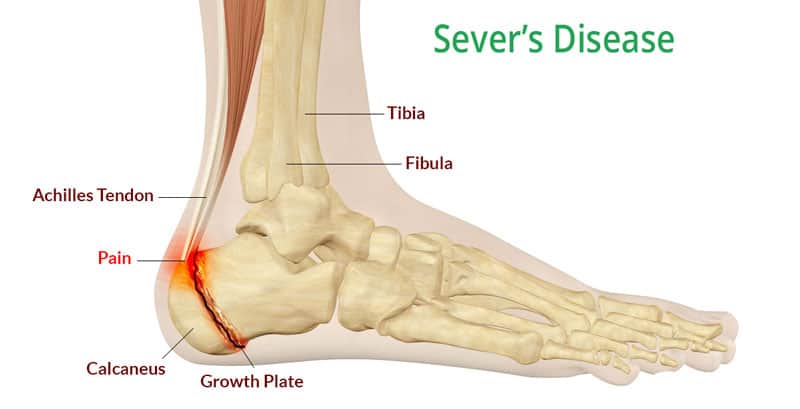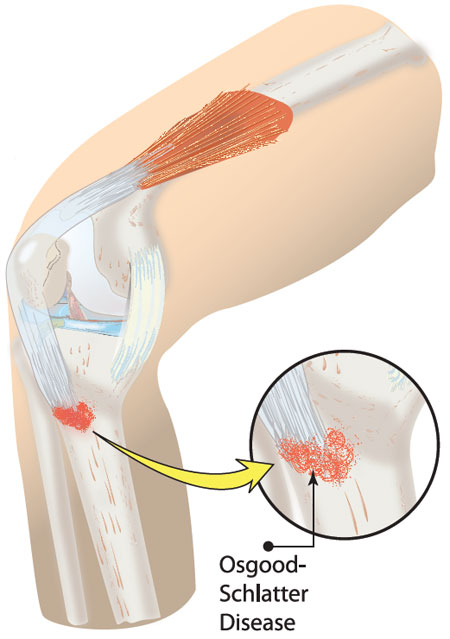Sever’s Disease – Achilles tendon pain
Osgood-Schlatter Disease – knee pain
What are they?
Sever’s Disease and Osgood-Schlatter Disease both occur is growing children.
Your Achilles Tendon is the thick tendon at the back of your ankle that connects your calf muscle to your heel bone. All children have a growth plate in their heel that can become inflamed as they grow. This causes abnormal loading through the Achilles tendon and subsequent pain.
The patella tendon which joins the knee cap (patella) to the shin bone (tibia). An overload of this tendon in children is Osgood-Schlatter Disease.
How do they get injured?
Sever’s disease is due to the growth plate becoming inflamed as it grows.
Osgood-Schlatter Disease is due to overuse of the knee usually in an active, growing child. It is mainly impacts sports requiring running, jumping, hopping, landing that results in overload on the knee.
What does it feel like?
Both of the conditions feel like achy pain in the area and are often worse at night or first thing in the morning.During an inflamed period, often after a period of increased sport or a growth spurt, you may find children naturally wanting to rest on the couch at the end of the day. When the conditions are severe the child will limp due to the pain in their legs.
How are they diagnosed?
Your physiotherapist is likely to diagnose Sever’s Disease or Osgood-Schlatter Disease after discussing symptoms and patterns of painful and pain free periods. Some basic functional tests and feeling the areas will confirm the diagnosis. Further investigations are rarely necessary.
What can Back in Action do to help?
It is important to determine the exact causes of overload to the knee or Achilles tendon so your Physiotherapist will take the time to fully assess your child. Beginning from your lower back all the way to your footwear and discuss current and future training plans. Once a comprehensive assessment has been completed they will, with you, make a rehabilitation plan and discuss necessary modifications for optimal healing. We will use mobilisations, massage, stretching and other techniques to encourage decrease of the inflammation and pain at the tendon and surrounding muscles. Working with you, we will lengthen or strengthen the tendon and correct biomechanical faults that may be contributing to the injury. The goal is to get your child back to health as soon as possible. We will work with you and your child through a progressive functional rehabilitation plan so your child can confidently return to sport.


